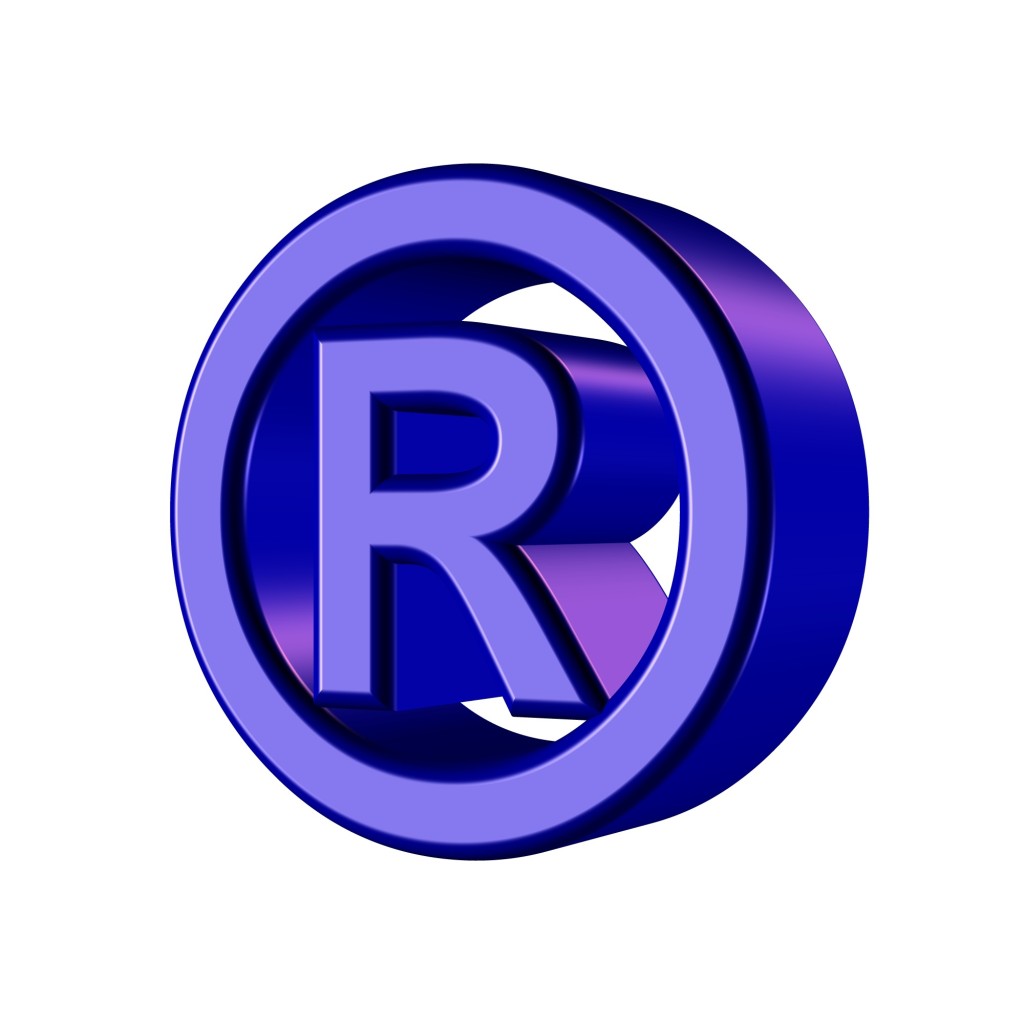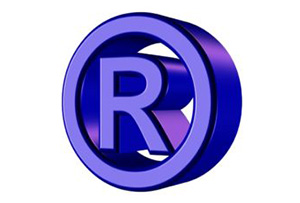Determining Design Patent Infringement: The Egyptian Goddess Test
In order to determine whether a design infringes upon a design patent, courts use the “ordinary observer” test. The ordinary observer test requires one to view the differences between the accused design and the patented design in the context of the prior art. Egyptian Goddess, Inc. v. Swisa, Inc., 543 F.3d 665 (Fed. Cir. 2008). Prior art in the context of design patents includes designs and other published documents made publicly available prior to the filing date of a design patent. This article briefly discusses the ordinary observer test.
The seminal case on design patent infringement is Egyptian Goddess, Inc. v. Swisa, Inc. In Egyptian Goddess the court held that when the differences between the claimed and accused design are viewed in light of the prior art, the attention of the hypothetical ordinary observer will be drawn to those aspects of the claimed design that differ from the prior art. In applying the ordinary observer test a court should view the two designs through the eyes of an observer familiar with the prior art. Id. at 677. The rationale for the Egyptian Goddess test is that if the accused design has copied a novel feature of the claimed design that departs conspicuously from the prior art, the accused design is naturally more likely to be regarded as deceptively similar to the claimed design, and thus, infringing. However, when the claimed design is close to the prior art designs, small differences between the accused design and the claimed design are likely to be important to the eye of the hypothetical ordinary observer. Id. at 672.
In Egyptian Goddess, Inc., the Federal Circuit reviewed a decision by the trial court granting the defendant’s motion for summary judgment of non-infringement of U.S. Design Patent No. 467,389 (the “‘389 patent”). The ‘389 patent disclosed a nail buffer having a rectangular hollow tube featuring buffer surfaces on three of its four sides. The allegedly infringing nail buffer produced by the defendant was a rectangular hollow tube that featured buffer surfaces on all four sides. A side-by-side comparison of the patented and accused nail buffers is illustrated below.
‘389 Patent Defendant’s Accused Buffer
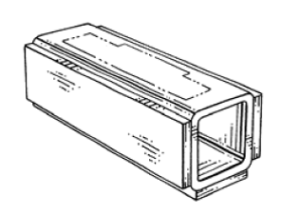
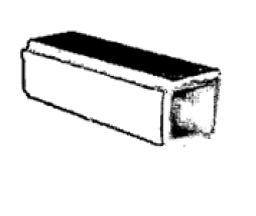
In order to determine whether the defendant’s accused buffer infringed on the patented design, the Federal Circuit sought to answer the issue of whether an ordinary observer, familiar with the designs already present in the prior art, would be deceived into believing the accused buffer is the same as the patented buffer.
To answer this question, the Federal Circuit considered two prior art buffer designs, the Nailco buffer and the Falley buffer. The Nailco patent was a three-sided hollow nail buffer having a pad on each of its three sides. Meanwhile, the Falley buffer was a four-sided solid nail buffer with a pad on each of its four sides. A side-by-side comparison of the patented and Falley buffers is illustrated below.
Nailco Buffer Falley Buffer
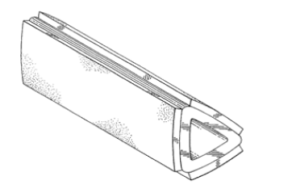

After analyzing the Nailco patent and the patented design, the Federal Circuit found that in regard to nail buffers, the defendant’s accused design was not substantially the same as the patented design. The Court found that a buffer with a fourth side is not substantially the same as a fourth side without a pad when viewed in context with the prior art. The Court took note that the effect of the different features had upon the appearance of the design as a whole, when said design was viewed in context with the prior art, was sufficient to affirm the district court’s ruling of non-infringement.
The patent attorneys at The Plus IP Firm are experienced at helping both businesses and innovators understand risk by evaluating whether a product is infringing on a patented design. The patent attorneys at The Plus IP Firm have aided numerous clients develop goods and services to increase their market share in highly competitive markets. To schedule a free consultation, click HERE. For more information about Derek Fahey, this article’s author, click HERE.






